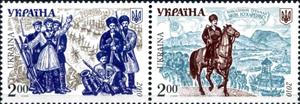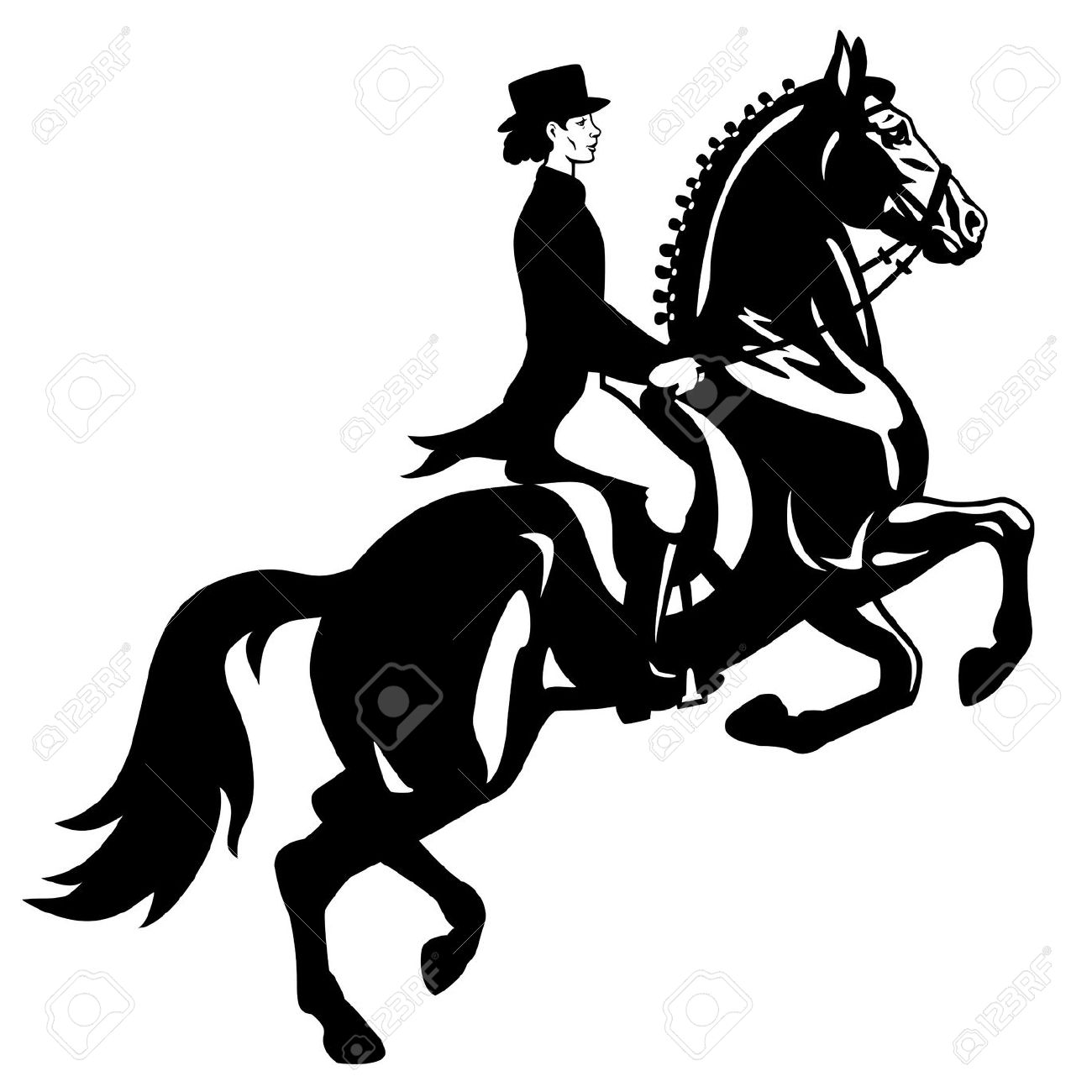Se-tenant: Cossacks. XIX c. (Ukraine 2010)
Cossacks. XIX c. (Ukraine 2010)
29 October (Ukraine ) within release History Of Army In Ukraine goes into circulation Se-tenant Cossacks. XIX c. face value 2*2 Ukrainian hryvnia
| Se-tenant Cossacks. XIX c. in catalogues | |
|---|---|
| Michel: | Mi: UA 1121-1122 |
Se-tenant is horizontal format.
Also in the issue History Of Army In Ukraine:
- Stamp - Cossacks. Zadunaiskaya Sich. 1775-1828 face value 1.50;
- Mini Sheet - Cossacks. XIX c. face value 28;
- Stamp - Cossacks. XIX c. face value 7;
- Stamp - Cossack regiment. 1812 face value 1.50;
- Stamp - Defence of Sevastopol. 1854-1855 face value 2;
- Stamp - Ataman (cossacks chief) Yakiv Kuharenko. XIX c. face value 2;
- Se-tenant - Cossacks. XIX c. face value 2*2;
- Se-tenant - Cossacks. XIX c. face value 2*1.50;
Se-tenant Cossacks. XIX c. it reflects the thematic directions:
Stemming from military practices and a long tradition of teaching by equestrians such as La Guérinière and François Baucher, traditional French equestrianism is essentially represented at the Cadre Noir de Saumur. The practice of equestrianism has evolved towards sport and leisure, opening up to the general public. At the end of the 20th century, the sport became much more democratic, with a sharp rise in the number of riders, particularly young people and women. The teaching of equestrianism as a leisure sport in France is based on the existence of over 8,000 riding schools, which make trained horses available to the public. Their establishment is supported by the French government thanks to a reduced VAT rate from 2004 to 2013. At the end of 2013, riders and industry professionals protested against the increase in VAT on their activity.
The horse (Equus ferus caballus) is one of two extant subspecies of Equus ferus. It is an odd-toed ungulate mammal belonging to the taxonomic family Equidae. The horse has evolved over the past 45 to 55 million years from a small multi-toed creature, Eohippus, into the large, single-toed animal of today. Humans began to domesticate horses around 4000 BC, and their domestication is believed to have been widespread by 3000 BC. Horses in the subspecies caballus are domesticated, although some domesticated populations live in the wild as feral horses. These feral populations are not true wild horses, as this term is used to describe horses that have never been domesticated, such as the endangered Przewalski's horse, a separate subspecies, and the only remaining true wild horse. There is an extensive, specialized vocabulary used to describe equine-related concepts, covering everything from anatomy to life stages, size, colors, markings, breeds, locomotion, and behavior.
A military, also known collectively as an armed forces, are a heavily armed, highly organized force primarily intended for warfare. Militaries are typically authorized and maintained by a sovereign state, with their members identifiable by a distinct military uniform. They may consist of one or more military branches such as an army, navy, air force, space force, marines, or coast guard. The main task of a military is usually defined as defence of their state and its interests against external armed threats.



